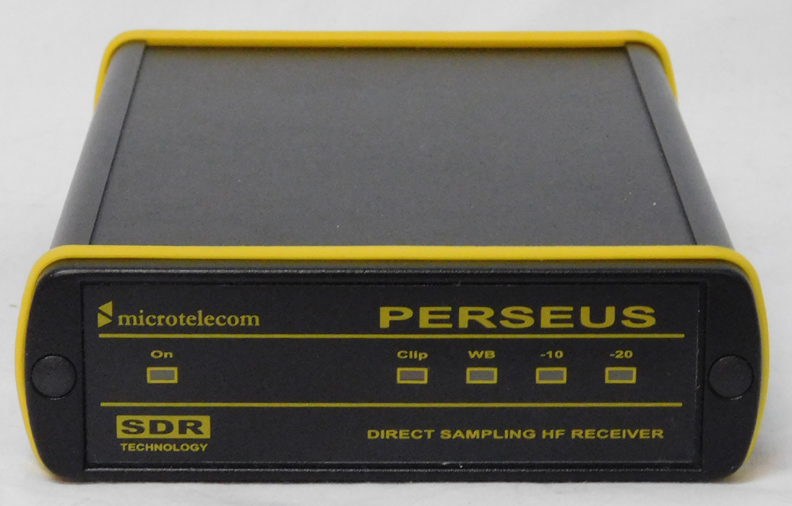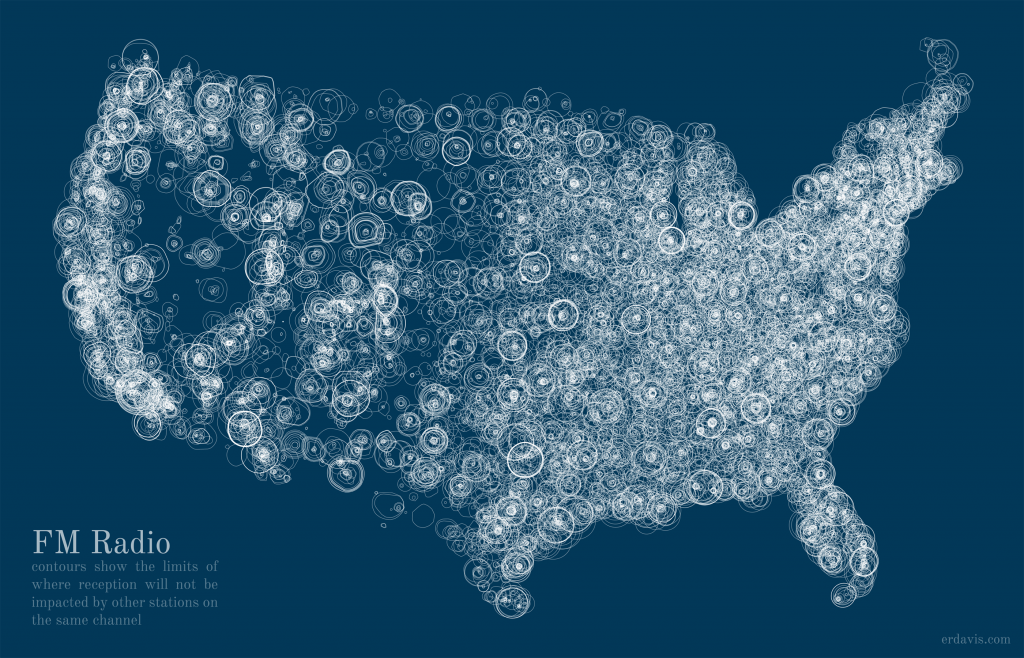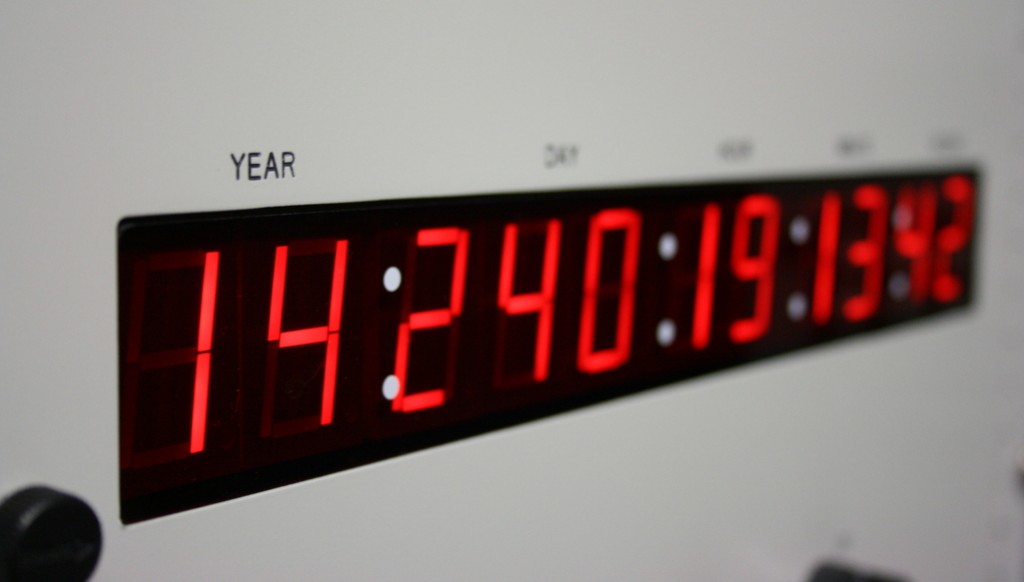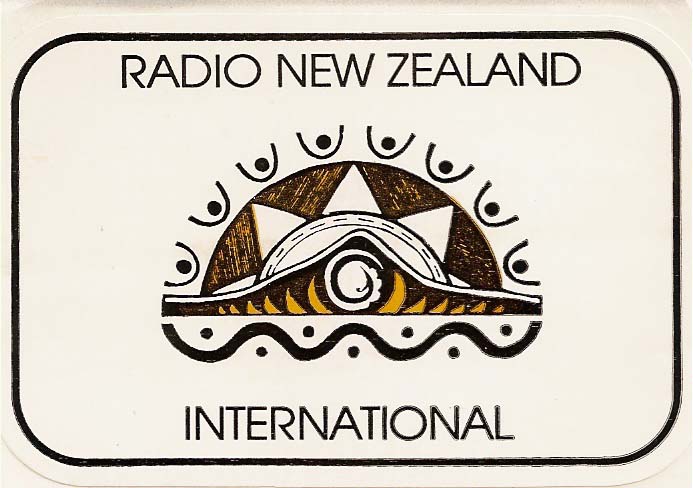This weekend Encore – Classical Music on Radio Tumbril will be broadcast again at the NEW TIME in Europe of 11:00 UTC on SATURDAY on 6070 kHz.
This is instead of the Sunday broadcast at 15:00 UTC.
There is much less interference from adjacent channels at this time.
For now – the 6070 kHz repeat will continue to be on Friday evenings at 19:00 UTC – as usual.
WWCR Nashville will broadcast the Encore on Saturday at 21:00 UTC as usual on 9350 kHz. The propagation is very good over the US and much of Canada and the signal carries to parts of western Europe too.
WBCQ Maine will send out the show on 7490 kHz at 01:00 UTC Monday to the US. (Early evening Sunday local US – obviously.)
NB – trial broadcast of Encore on 7440 kHz Sunday 09:00 UTC Channel 292 – Sunday.
Do let us know how well you can pick up Encore at your location by emailing to
[email protected]. We try to reply to all emails and will send eQSL cards for full reports – though a brief report is fine.
This week’s programme will start with some of Albinoni’s concerto for two oboes, then a Britten cello suit and a trio by Judith Weir. There is some Mozart, more Albinoni, and polyphony by John Dunstable after that. The programme finishes with a piano concerto by Scriabin.
The playlist is on the website and will be updated soon after Saturday’s broadcast of the new show by Channel 292 at 11:00 UTC.
Both Channel 292 and WBCQ as well as WWCR can be pulled live off the internet if the reception is poor in your location. Easy to find their sites with a google search.
In the meantime – thank you for spreading the word about Encore – Classical Music on Shortwave. And thank you to everyone for letting us know how well the signal is received where you live.
Brice Avery – Encore – Radio Tumbril.
Regular Broadcast times are:
11:00 – 12:00 UTC Saturday on 6070 kHz and repeated 19:00 – 20:00 UTC Friday on 6070 kHz Channel 292 (Germany).
21:00 – 22:00 UTC Saturday on 9350 kHz WWCR (Nashville).
01:00 – 02:00 UTC Monday on 7490 kHz WBCQ – (Maine).
 Many thanks to SWLing Post contributor, Dan Robinson, who notes that an eBay vendor in Italy is selling new inventory of the benchmark Microtelecom Perseus SDR. The price is 883.66 Euro or roughly $975 US.
Many thanks to SWLing Post contributor, Dan Robinson, who notes that an eBay vendor in Italy is selling new inventory of the benchmark Microtelecom Perseus SDR. The price is 883.66 Euro or roughly $975 US. 







